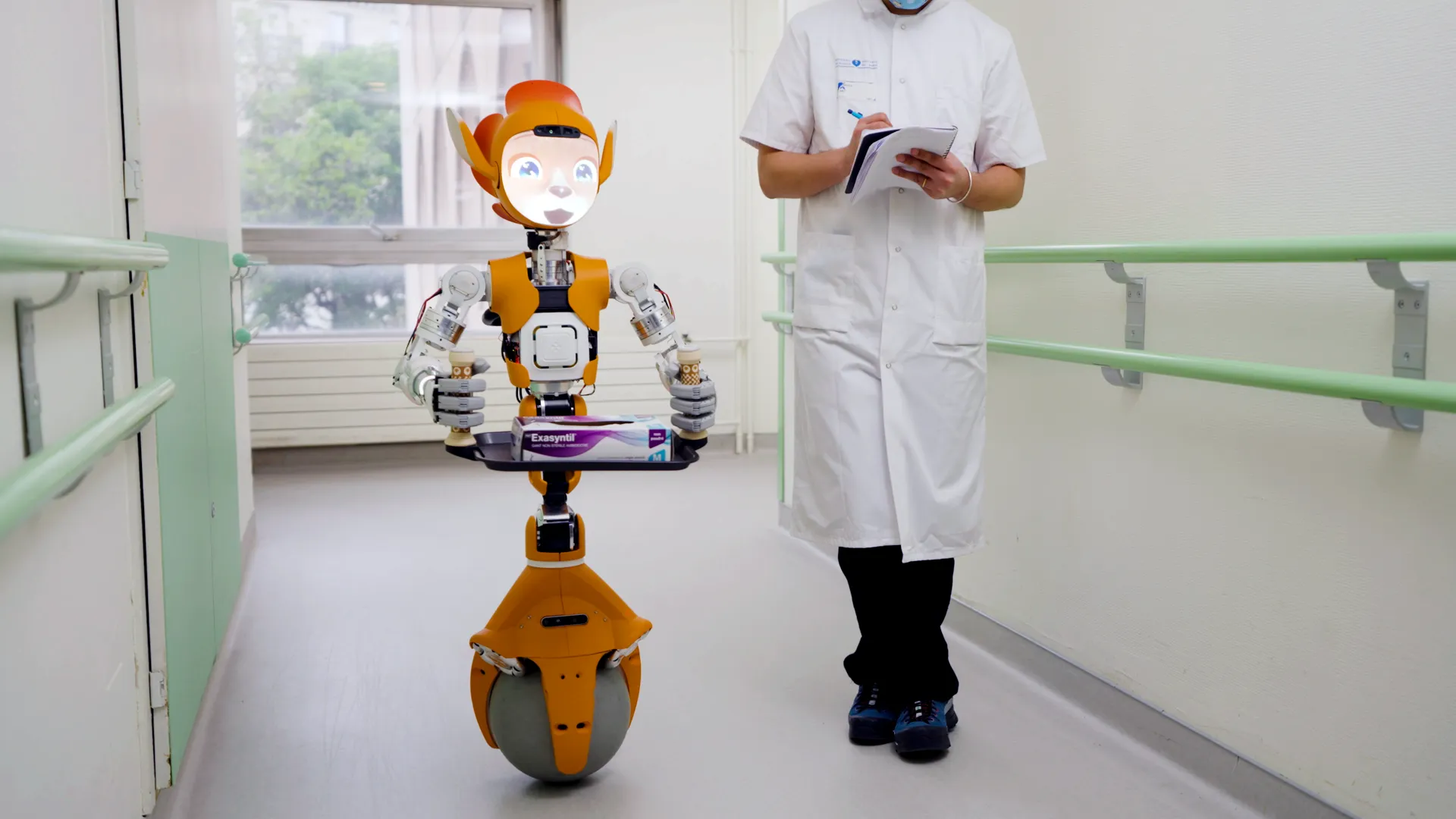It's no secret that digital technologies such as smartphones, social networks, and internet applications are changing how we monitor our health and access information. As we imagine the hospital of the future, is it truly going to be one without walls?
I don't think so.
But this convergence of people, information, technology, and connectivity is already improving healthcare and health outcomes, making healthcare delivery more efficient and cost-effective. So, it's not going away.
And it will continue to evolve as new digital technologies are introduced.
Connecting With Patients
What does this mean for healthcare facility design?
Well, for starters, we'll need new kinds of spaces to support digital technology and enable clinicians to connect with patients in meaningful ways. Today's workspaces need to be designed for both remote and in-person care.
But, as digital health technology continues to expand and evolve, there's no doubt that we’ll need less space for in-person care. What's more, exam and consultation rooms could also be constructed in the metaverse.
If you're like me, you’re not exactly sure what the metaverse is.
The Next Great Labor Platform?
According to Matthew Ball, author of "The Metaverse and How it Will Revolutionize Everything," the metaverse isn't a game, piece of hardware, or an online experience. It's a "simulated digital environment that uses augmented reality, virtual reality, and blockchain, along with concepts from social media to create spaces for rich user interaction mimicking the real world."
Ball says it could become the gateway to most digital experiences, a key component of all physical experiences, and the next great labor platform. And even if the Metaverse falls short of expectations, Ball thinks it's likely to generate trillions in value as a new computing platform or content medium.
Given healthcare's slow adaption of new digital technologies, the metaverse hospital likely will not be mainstream for a while.
Hospital of the Future
However, last year a UAE healthcare and medical education organization called Thumbay Group, announced that it is building its own metaverse -- with a hospital, medical university, and a virtual wellness domain. Using augmented reality and virtual reality, patients will use their avatars to interact with clinicians in a shared virtual space.
And those clinicians may not actually be real people -- they could be powered by artificial intelligence. Which is kind of scary, given that AI does not have the same observational powers that a human being does. (For more on this, check out "Five Reasons Why AI Will Not Replace Physicians.")
Thumbay Group's metaverse hospital was supposed to launch in October 2022, but I don’t think it has yet.
Though physical hospitals will likely never disappear, the hospital of the future will probably include integrated virtual reality environments that are accessible through a headset. In the meantime, building a physical hospital to support current digital health technologies will require investments in people, technology, processes, and facilities.
Are you ready to embrace this new reality?
P.S. Please do me a favor -- if you liked this post and like this blog, please share it with others by sending them the link or posting it on your Twitter, LinkedIn, or Facebook. Also, don't forget to subscribe, so you'll get emails when new content is posted. Thanks!







